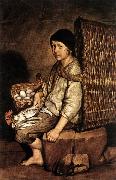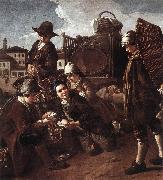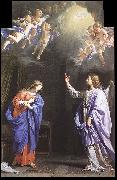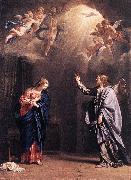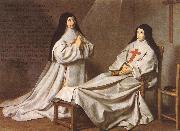
Pintura
al óleo, una gusto verdadero de los viejos maestros
|
|
|||
|
CERUTI, Giacomo
|
|||
| Italian Painter, 1698-1767 | |||
|
|
|||

| |||
|
|
|||
|
|
|||

| |||
|
|
|||
|
|
|||

| |||
|
|
|||
|
|
|||

| |||
|
|
|||
|
|
|||

| |||
|
|
|||
|
|
|||
| Artista Previo Próximo Artista | |||





